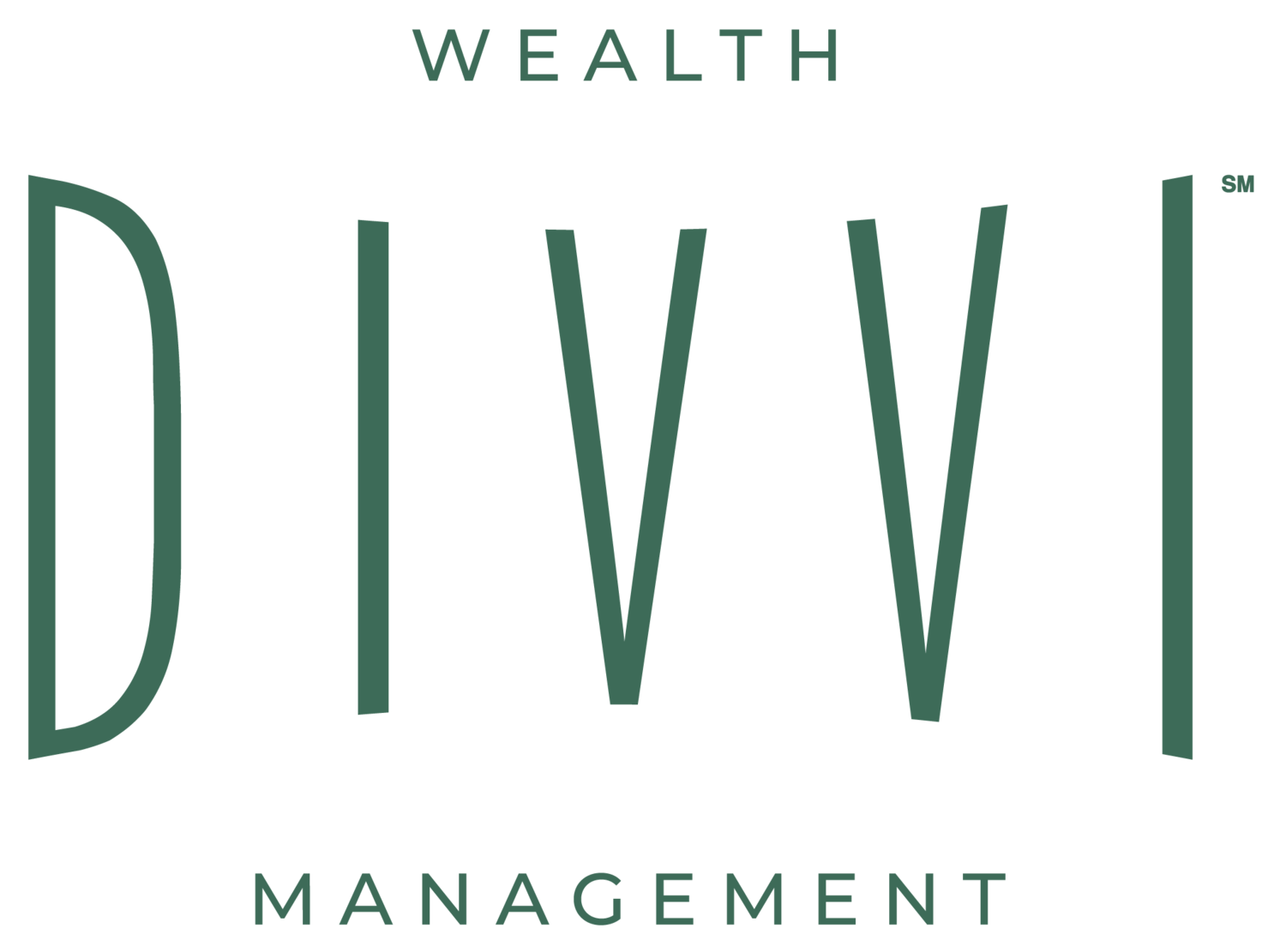Is Cash Finally Cool?
One of the surest ways to change behavior is to change incentives.
Move the cheese.
For most of the last 15 years, interest rates have been historically low. Incentives to hold excess cash balances were hard to find.
To illustrate this point on a longer time horizon, we looked at 2-year US Treasury rates since 1980. The chart below breaks down the yields by decade.
For example, the highest 2-year yield on a US Treasury security during the 1980s was a whopping 17%, while the lowest was 5.9%
More importantly, notice the consistent march lower. The median yield fell from about 10% in the 1980s to below 6% in the 1990s, to 3.1% in the 2000s, and finally to 0.7% in the 2010s.
*Through September 26, 2022
That environment has clearly changed in a meaningful way.
The Federal Reserve has raised rates[1] five times so far this year, with more hikes expected.
Yields on US Treasury securities are now at their highest levels since 2007.
The chart below shows how much rates have risen for different maturities compared to six months and one year ago.
During September of last year, investors could loan money to the US government for one year by purchasing a US Treasury security. In return, they government paid them a whopping 0.08%. Now, the rate is over 4%. Quite the move.
Try thinking about that a little differently.
Assume an investor wanted to generate $12,000 in annual income, before taxes, from their investments. And they prefer owning 1-year Treasuries.
Last September, that investor would have needed to invest $15,000,000 to get the job done.
In my experience, people with an investable net worth of $15 million probably don’t need an extra few thousand bucks in income. For those who do rely on investments to support spending, the more likely answer was to take more risk vs. owning short-term Treasury securities.
Nevertheless, compare that to today.
At today’s rates, just under $300,000 will accomplish the same thing. The investor needs less than 2% of the same initial capital to generate a similar return.
Yes, I know these numbers don’t account for inflation, which is near 40-year highs. Neither do some of the use cases for cash, either. Regardless, investing is largely psychological and behavior, and I imagine many investors feel much better seeing higher interest rates being earned on their short-term money.
Here are a few examples of when cash or cash equivalents make sense, regardless of the inflationary environment:
Emergency fund. Most families should have 3-6 months’ living expenses in cash, something for rainy days and unforeseen expenses.
Sleep at night money. This is on top of the emergency fund. It is highly personal, driven by emotion rather than a fancy formula. If market volatility has you losing sleep at night, it might be time to have a conversation about the amount of risk in your portfolio.
Current needs and upcoming purchases. Retirees and job changes in particular often want to have 12-24 months’ living expenses in cash. This can take the sting out of daily market fluctuations, knowing the bills are covered for the foreseeable future. The same goes for a substantial cash outflow, like buying a home, a car, or paying for a big vacation.
Working capital. When running a business, cash comes in and cash goes out. Keeping a buffer can help during those periods when timing of cash inflows doesn’t perfectly match cash outflows.
For individuals and businesses who can relate to the need son this list, earning a higher return on cash and short-term money is finally possible.
Find this interesting? Email me at eric@divviwealth.com or set up time with the Divvi team to continue the conversation.
Opinions expressed herein are solely those of Divvi Wealth Management and our editorial staff. The information contained in this material has been derived from sources believed to be reliable but is not guaranteed as to accuracy and completeness and does not purport to be a complete analysis of the materials discussed. All information and ideas should be discussed in detail with your individual adviser prior to implementation.
[1] The Federal Funds Target Range started the year at 0-0.25% and is currently 3.00-3.25%. https://fred.stlouisfed.org/series/DFEDTARU
